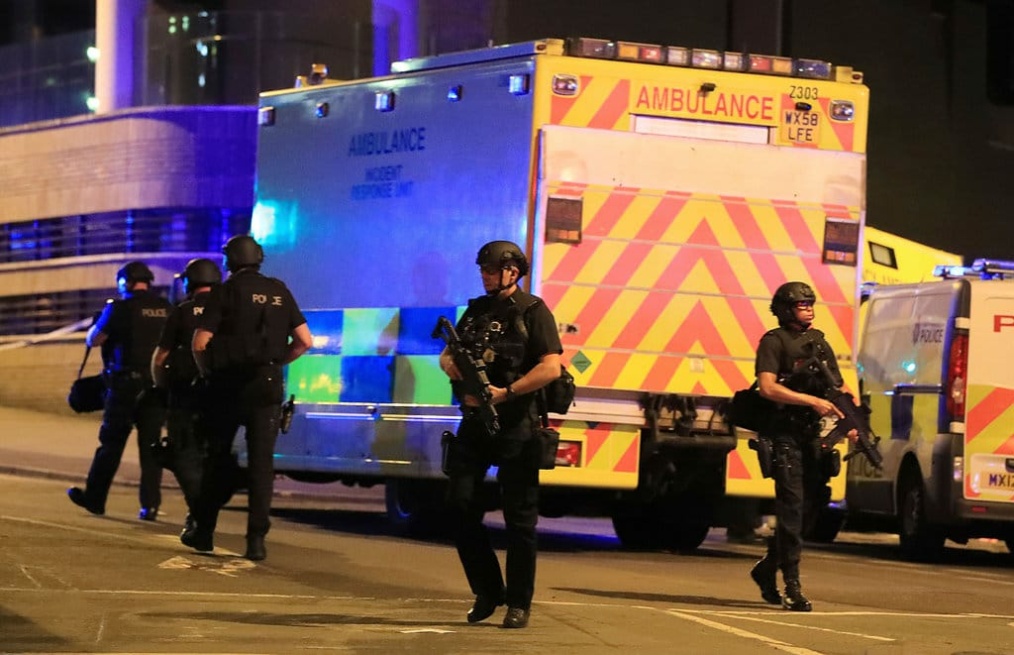In recent years, cryptocurrencies have become increasingly relevant in world financial markets. This digital means of exchange is a revolution in the economy, and it will likely continue to consolidate in the future.
However, cryptocurrencies have also been used for illegal purposes. Terrorist groups and drug traffickers are increasingly using them, especially to launder money. This represents an enormous challenge in the fight against the financing of terrorism and organized crime.
What are Cryptocurrencies and How Do They Work?
The European Central Bank defines cryptocurrencies as a digital representation of value, not issued by any central authority, credit institution, or recognized electronic money issuer that, on certain occasions, can be used as an alternative means of payment to money. Likewise, cryptocurrencies are issued outside of governments and central banks, and this function is transferred to anyone who wants to participate. The currency is generated through a “mining” process and the security of transactions is achieved through blockchain technology.
The use of cryptocurrencies is increasing worldwide, and this is due largely to the benefits of using them. Some analysts point out that some of the advantages of using cryptocurrencies, such as bitcoin, are reducing costs in international transfers, as in the case of remittances, and it favors financial inclusion. Additionally, some of their attributes are more portable, divisible, imperishable, unfalsifiable, and have lower transaction costs.
However, other economists remain skeptical about the use of cryptocurrencies because of the numerous disadvantages. Crypto assets have limitations as means of payment, due to their high volatility of price, the risks associated with their possession and custody against cybercrime and financial fraud, the opacity of their issuance and verification protocols, the transactional costs in exchange for other assets, and the lack of a person in charge who accounts for any failure or fraud in these schemes. For this reason, the degree of acceptance and use of cryptocurrencies is still very low compared to the payment systems of legal tender currencies.
In Latin America, the disadvantages of the use of cryptocurrencies translate into facilities for terrorist groups and drug traffickers to operate. This represents an enormous challenge for financial and security authorities, given that criminal groups quickly adapt to changes in today’s world.
How Terrorist and Drug Trafficking Groups Use Cryptocurrencies
The nature of cryptocurrencies like bitcoin allows them to be used by illegal groups to finance their activities. Various investigations in recent years have shown that drug trafficking, fraud, ransomware, extortion, and the purchase of illicit goods and services on the dark web routinely use virtual currencies as a payment method.
Furthermore, extremist and terrorist groups use cryptocurrencies as a financial tool because it is anonymous and easily transferable from one country to another. There are groups that have campaigned offering cryptocurrency wallets for their followers to transfer virtual currencies to finance terrorist movements and activities.
As for drug traffickers, cryptocurrencies favor them to transfer money between continents. Since cash is converted into cryptocurrencies, it is easier to transfer it and the virtual currency, which becomes impossible to trace, greatly facilitates money laundering.
In Latin America, the use of cryptocurrencies by illegal groups is worrisome. According to authorities in the United States and Mexico, the use of cryptocurrencies to launder money is on the rise among drug gangs in Latin America. An investigation by Reuters reveals that the use of bitcoin to launder money is booming with cartels such as Jalisco Nueva Generación and Sinaloa, of the captured capo Joaquín “El Chapo” Guzmán.
Authorities have also found that drug traffickers and terrorists use bank accounts to buy small amounts of cryptocurrencies such as bitcoins online, obscuring the origin of the money and allowing them to pay collaborators in other parts of the world. This is because it is a system where the users are practically anonymous. As for money laundering figures, it has been estimated that 25 billion dollars a year is laundered in Mexico alone.
However, some arrests against criminals using cryptocurrencies have already been made. In April 2019, Ignacio Santoyo, alias “El Sony,” was captured for the crime of human trafficking. Santoyo intended to launder thousands of dollars in illicit profits through the use of bitcoin. In 2018, Santoyo and his sister, Ivy, acquired at least 440,800 pesos (about $22,260 USD) in bitcoin through Bitso, a platform for buying and selling cryptocurrencies with operations in Mexico and Argentina.
Other notable captures include Héctor Ortiz, who acquired bitcoins to launder thousands of dollars in illicit profits, 29 people in 2019 were accused of laundering and transferring profits to cartels in Mexico, and 23 people in 2018 in Colombia and Spain.
Agencies such as the Drug Enforcement Agency (DEA) have declared that the situation in countries such as Mexico and Colombia is critical. In fact, Colombia is one of the countries where cryptocurrency transactions have increased significantly. According to LocalBitcoins, the trade between bitcoins and Colombian pesos grew by 45% in the last year, reaching 3.8 million dollars in the first week of November 2020. Trends indicate that virtual currencies, such as Bitcoin will increase in popularity, so its use by criminal organizations is likely to increase.
In addition, in 2021, drug traffickers who operated with bitcoin in Peru, Colombia and Bolivia were sentenced. They were accused of earning approximately 5 million dollars in bitcoin and other cryptocurrencies. Authorities said the men were selling Class A drugs that they bought in South America.
A Big Challenge
Without a doubt, the use of cryptocurrencies by criminal groups is one of the great challenges for Latin American authorities in the near future.
The difficulty in tracking the use of these cryptocurrencies influences the financing of terrorism and money laundering in the region. Thus, it is recommended that the state financial and security authorities implement regulations and technological innovations to reduce the negative impact of crypto assets. However, it is a difficult task, which costs a lot to carry out.
Daniel Felipe Ruiz Rozo, Counter-Terrorism Research Fellow





